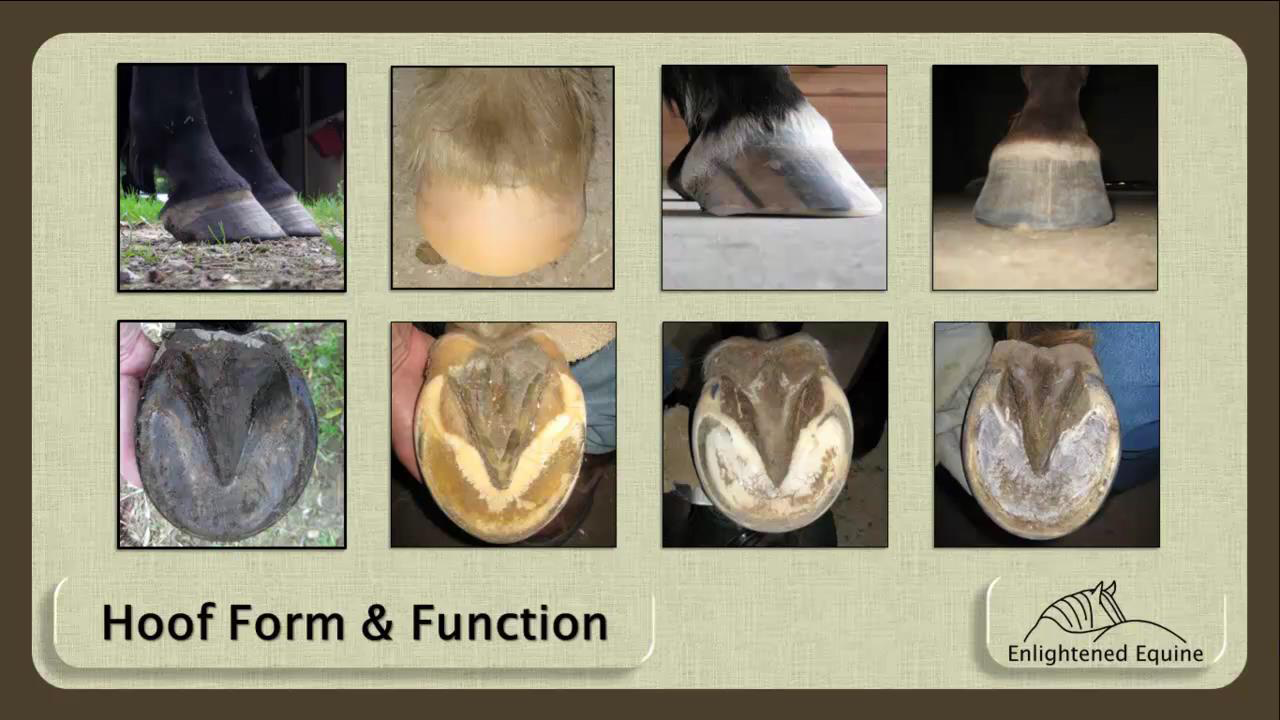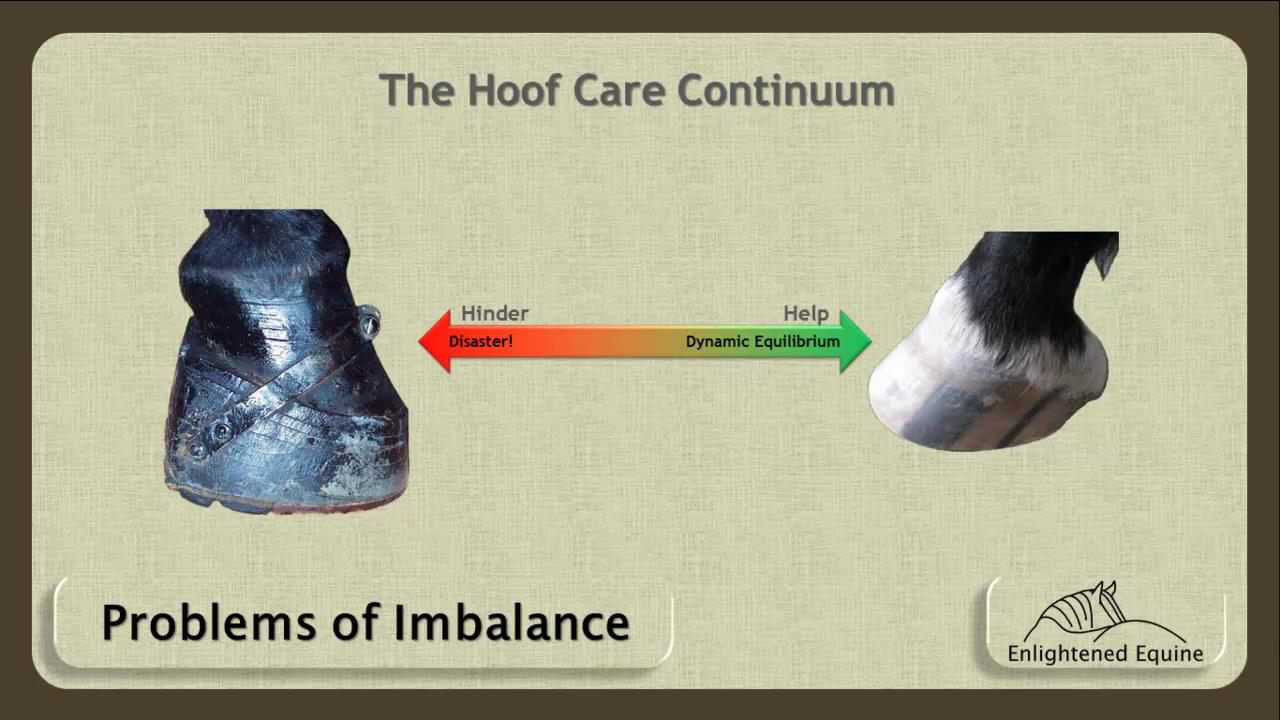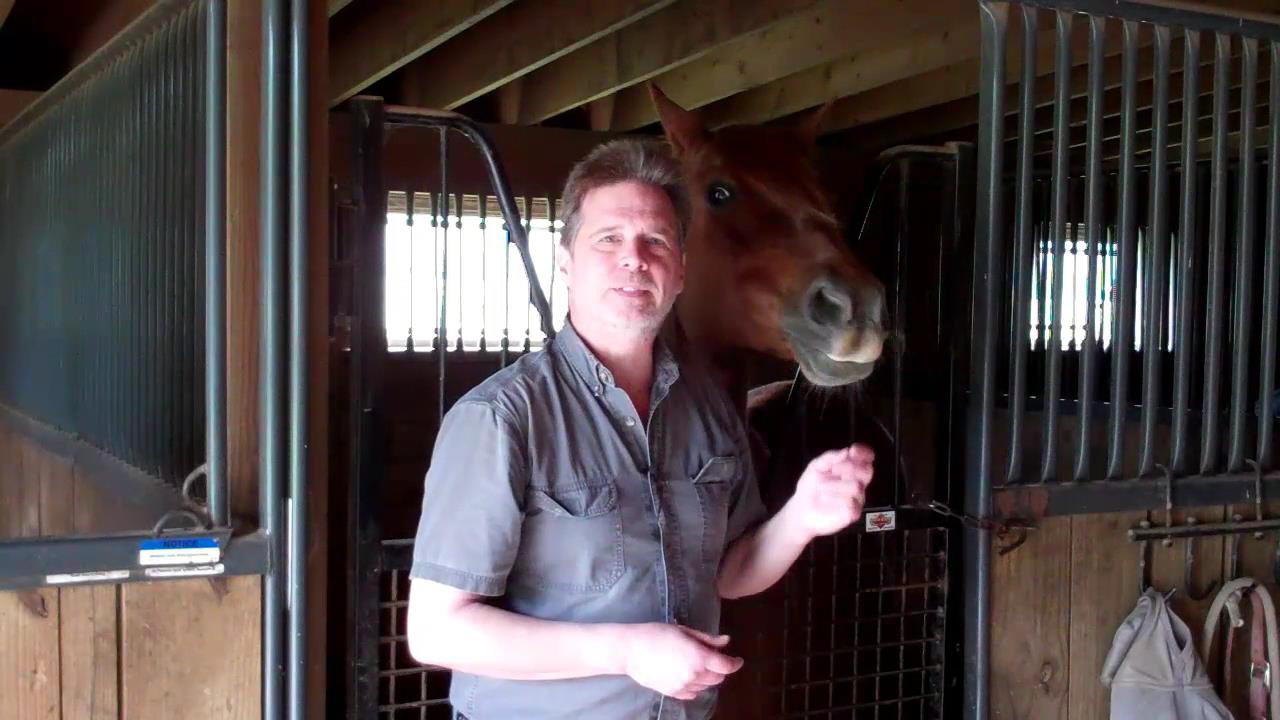Yes, I’m fully aware that it’s been way too long since I’ve posted anything, and I apologize for it. But life has been, well, crazy these past few months, so I do have something of an excuse for my apparent neglect. But I assure you I have a variety of interesting articles under way, several hoof research projects I’m working on, and a number of hoof-related products I’m in the middle of designing, so I definitely haven’t been sitting around on my hands. And as each of these comes to fruition, you’ll be (almost) the first to know – I promise!
Meanwhile, I’ve also spent many, many hours planning, recording, and editing this video on the basics of hooves and hoof care, which I created for several reasons: first and foremost because I wanted to provide a solid resource for the horse owners out there who truly want to understand what I call the “why” of hoof care so they’re in a better position to know whether or not their hoof care provider or veterinarian is telling them the truth; second, because I’ve long desired to try making a video in what I call the “Cosmos” style (remember Carl Sagan?); and third, because I knew going through the process of producing such a lengthy video would help me decide if I’m willing to do it again. The jury may still be out on that last reason!
This 1hr 16min video begins with a look at the knowledge gap of both hoof care providers and horse owners, punctuated by some quotations from Dr. Deb Bennett, followed by a description of the external and internal anatomy of the horse’s lower limb. For this part of the video, I used images from a program called Hoof Explorer, which, although useful for learning basic leg and foot anatomy, uses an incorrectly-trimmed hoof with bad bone placement in its model. Its user interface also suffers from some serious flaws, and I plan on writing about my experiences with it in a review of this product in a later article.
It continues with a discussion of the role of the hoof in the life of the horse, including some great footage of feral horses provided through the U.S. Bureau of Land Management, and then focuses on the causes of hoof form and the characteristics of properly-trimmed hooves. There’s some slow-motion video of proper landings as well.
And then there’s a description of hoof imbalances and their consequences; what can and cannot be accomplished through trimming and shoeing, and why; and some slow-motion video of bad landings.
It finishes up with a brief examination of why people believe horses are trimmed or shod in a particular style, and how other management issues can adversely affect a horse’s feet. Finally, I discuss what to look for in a hoof care provider, as well as describe some of the challenges faced in transitioning a horse to barefoot.
I’m convinced every horse owner, hoof care provider, and veterinarian can benefit from watching this video, regardless of what he/she believes they already know about hoof care. I also hope you’ll find it enjoyable, and that you’ll share it with as many of your “horse friends” as possible.
And I realize it’s extremely short notice, but if you really enjoy learning about the equine foot, please consider joining us at the Liberated Horsemanship Gateway Clinic 2017 June 5th through June 9th in Wooster, Ohio. There will be much more in-depth coverage of not only the hoof, but also of the other management issues affecting your horses’ well-being. I guarantee you won’t regret it!
(Special thanks to production assistance from Dora, Scott, Andy, Kim, and Woody!)






